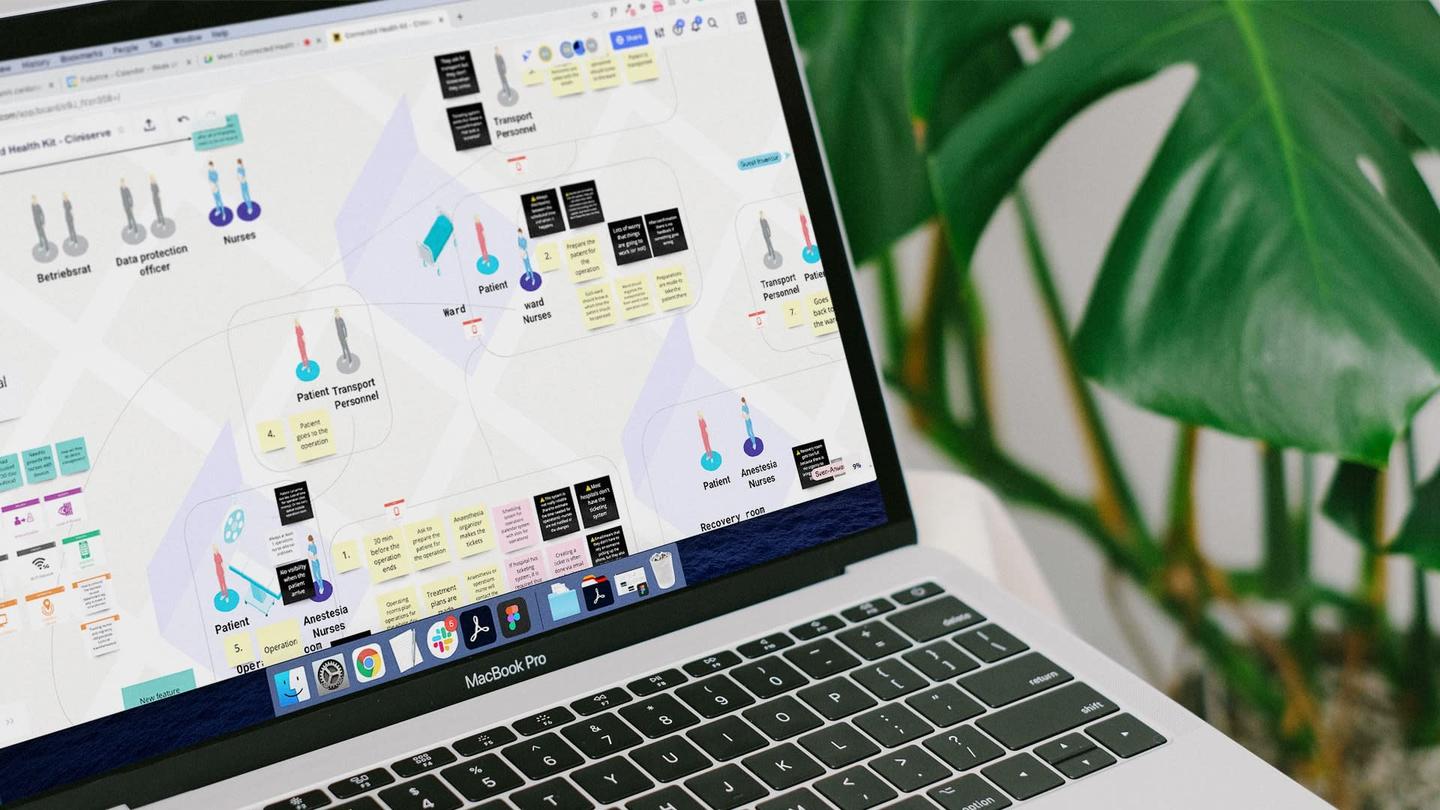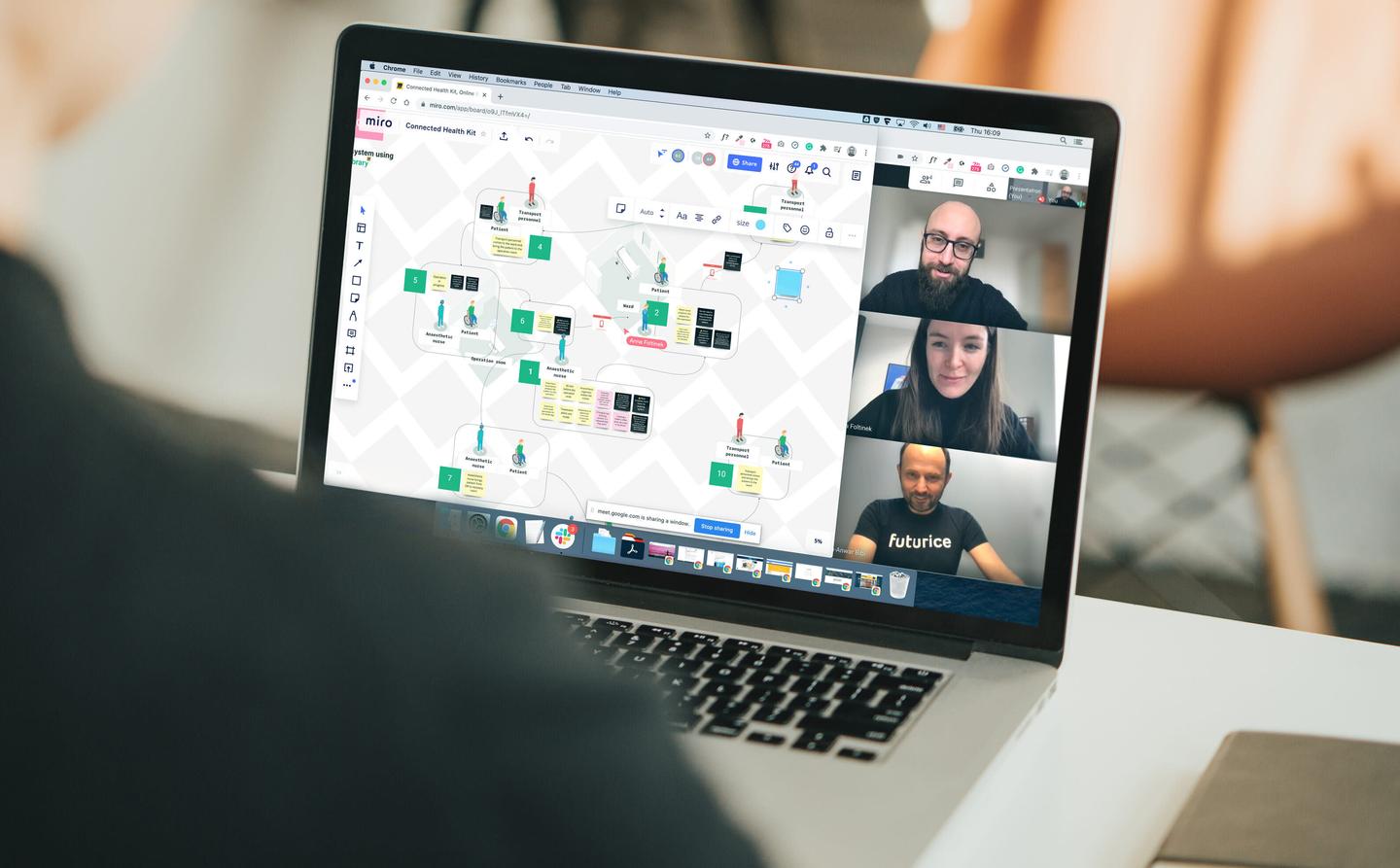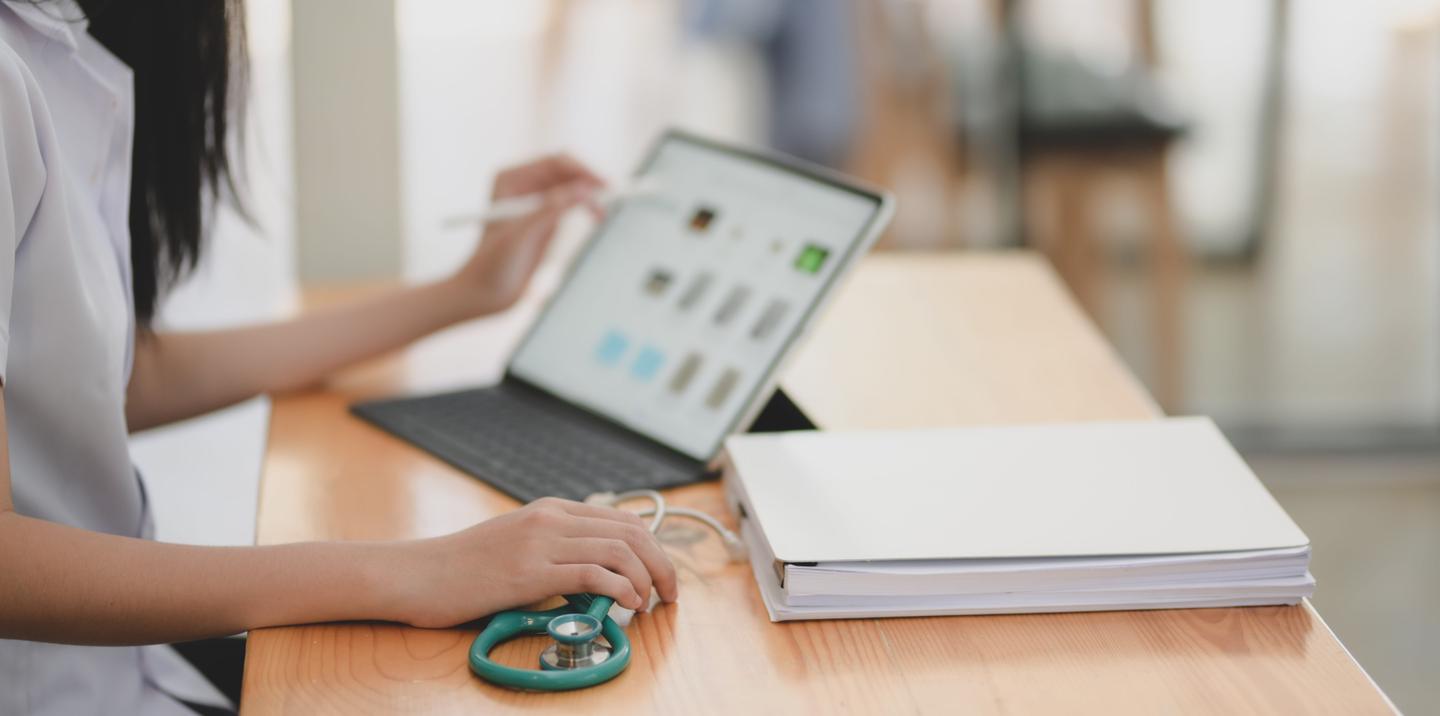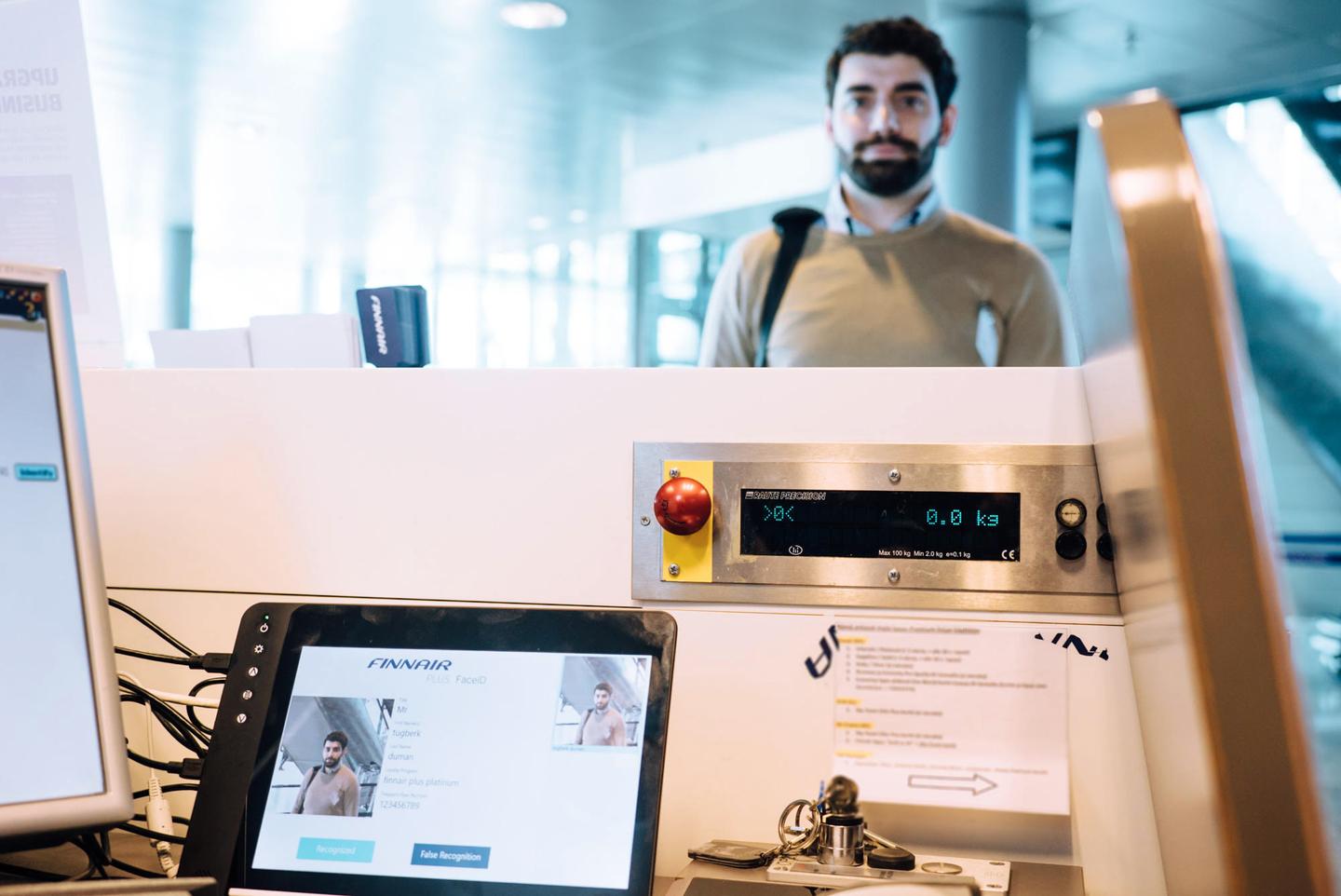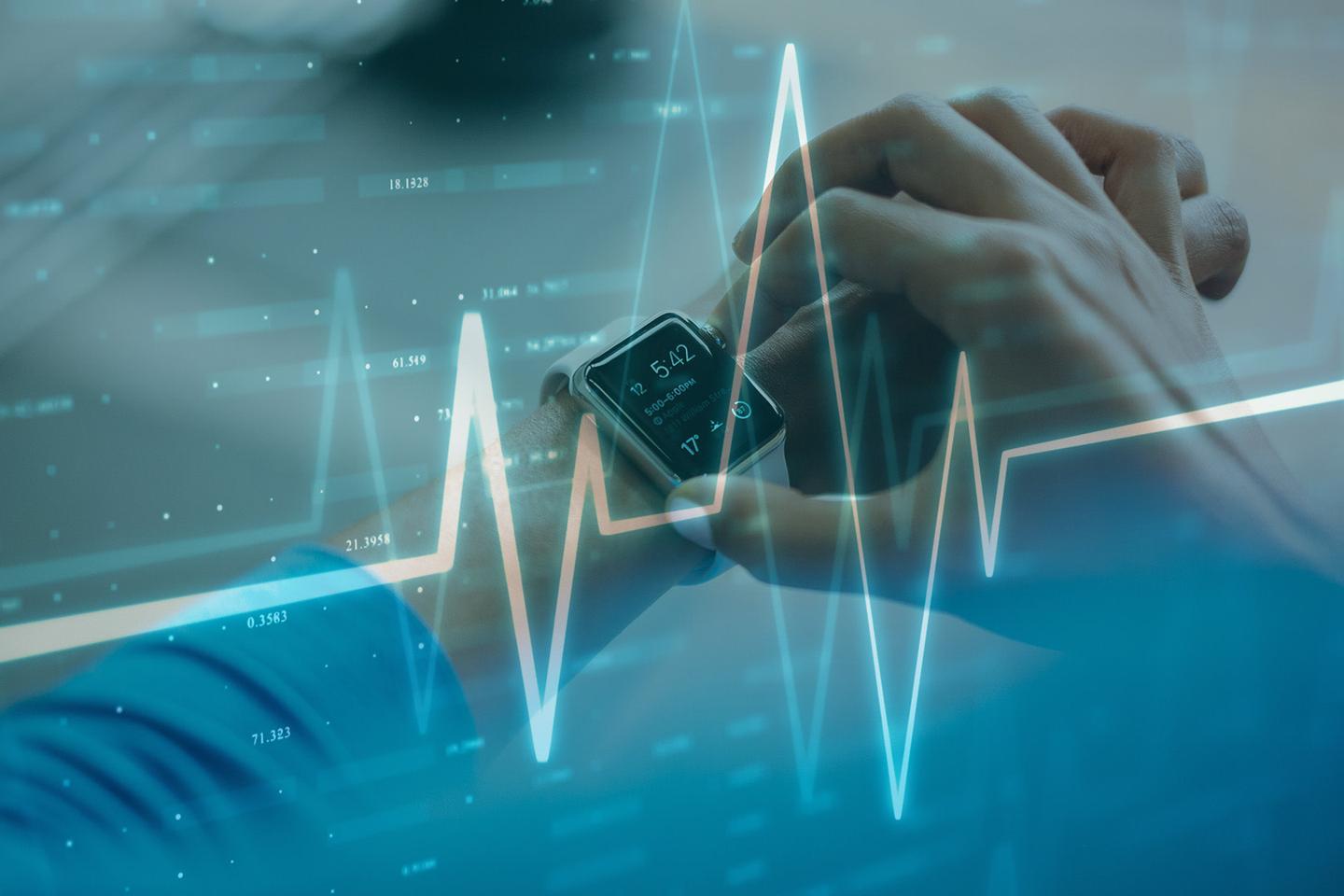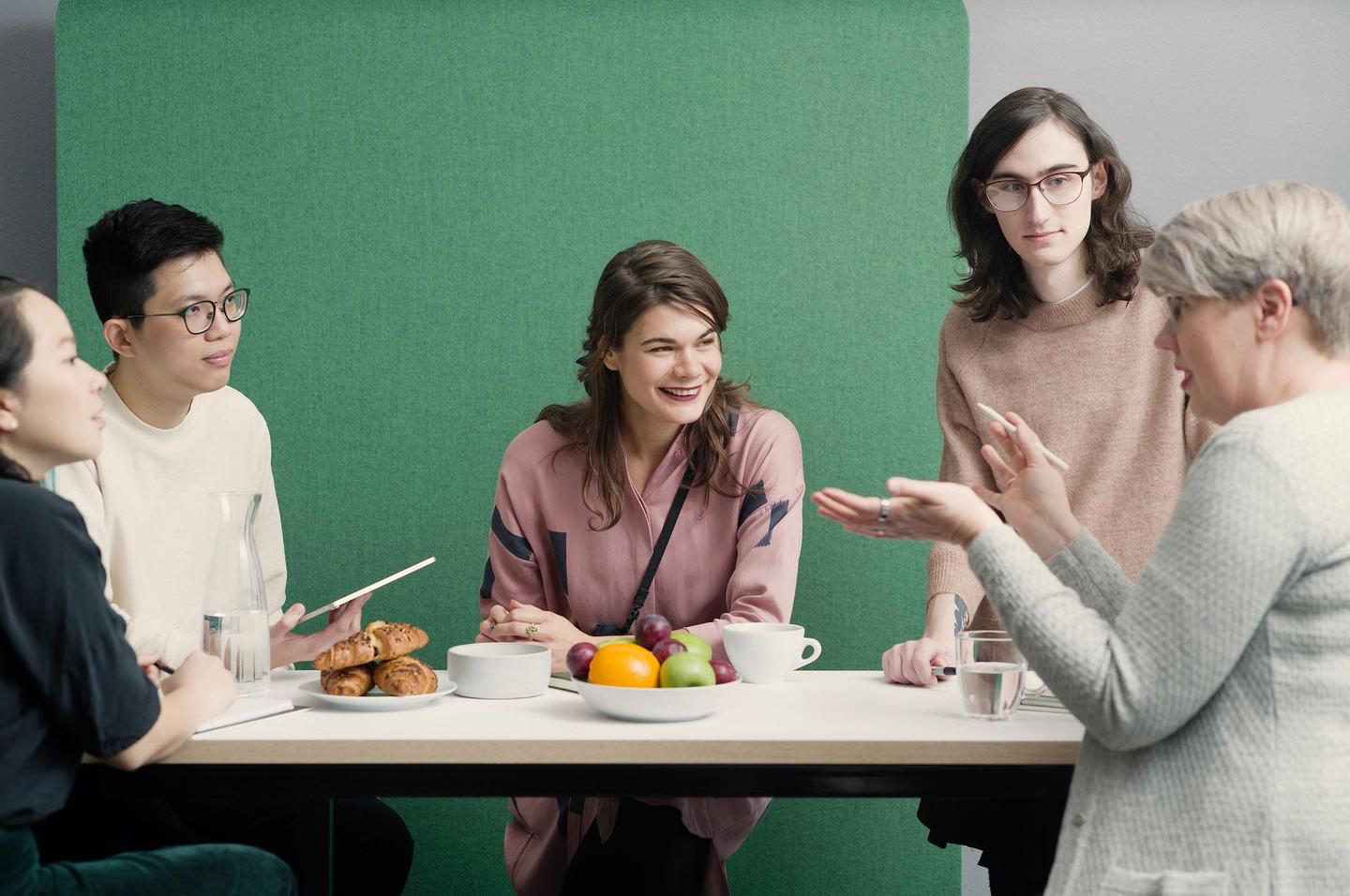Building better patient journeys for cancer patients and their relatives with the Connected Health Kit
From routine check-ups to longer hospital stays, an uncomplicated patient journey is important to both patients and healthcare professionals. For patients and their relatives affected by severe and long-term health conditions like cancer, the value of a smooth experience is even greater. In this interview, Carina Roost tells her first-hand account of using the Futurice Connected Health Kit to improve the patient journey for people undergoing cancer treatment and those accompanying them.
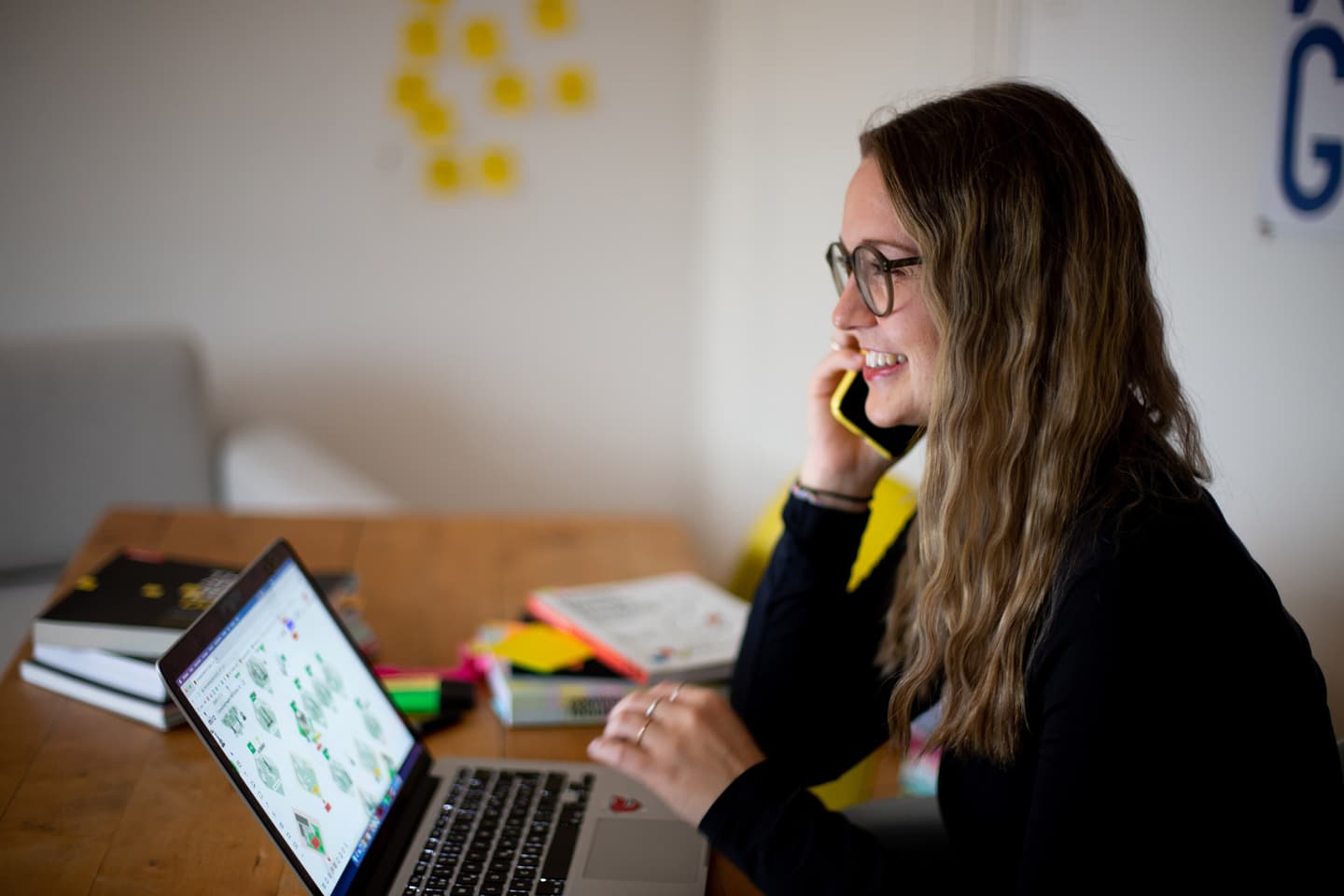
The Connected Health Kit by Futurice is an innovative service design tool created to help the health sector adopt data-enabled digital services and solutions. It makes it easier to visualize and analyze workflows and processes in healthcare, and simplify them for the benefit of healthcare professionals as well as patients.
Introduced in 2021, the Connected Health Kit has already seen use in various real-life scenarios. One of these has been at Triemli Hospital in Zurich, Switzerland, where Carina Roost utilized the kit while working on her master’s thesis in digital management. In this interview, we talk with Carina about her experiences with the kit and what it is like to use from the perspective of a creative consultant.
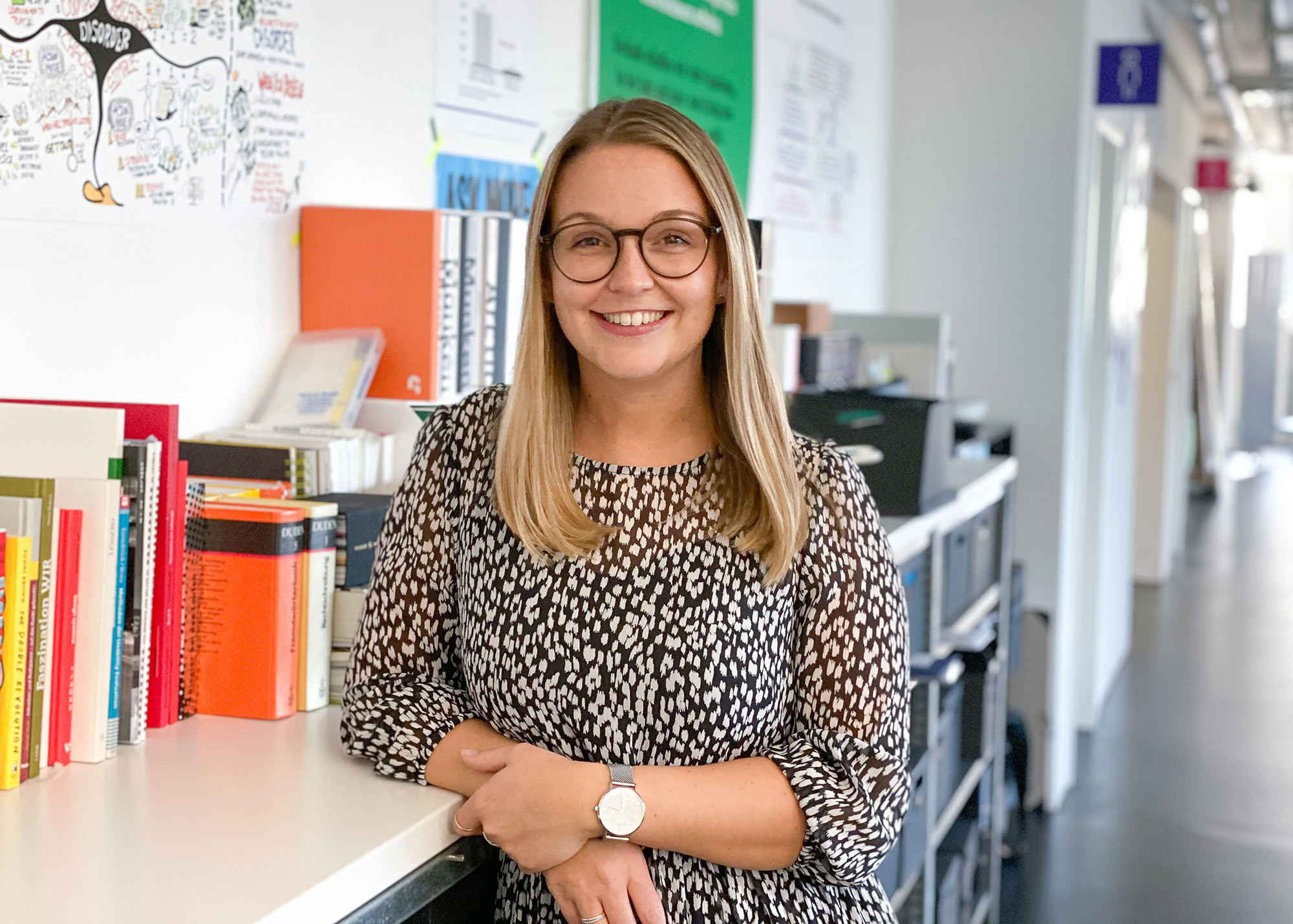 Carina Roost
Carina Roost
You used the Connected Health Kit as part of your recent master’s thesis work at Hyper Island. What was the context your work, and which areas of healthcare have you been involved in?
I wrote my master’s thesis within the context of a case study at the medical oncology and hematology clinic at Triemli Hospital in Zurich. My main focus was on the many challenges presented by the increasing complexity of the healthcare system, the flood of information, and the integration of relatives into cancer patients’ experience. This is also where I see promising future opportunities for service design as well as use of the Connected Health Kit.
In order to initiate a cultural shift that leads towards a more holistic approach, different stakeholders in healthcare – like medical staff, patients and relatives – need to interact more actively. And to enable the ideal and most appropriate flow of communication, we need better processes. The exchange of data and information between stakeholders needs to increase, and we have to understand the different parties’ needs throughout the patient experience.
This is where my master’s thesis comes in. In it, I’ve taken a human-centered design approach to make a case for the integration of the relatives of cancer patients, as well as for fostering the exchange of information with the medical staff.
You’ve used the Connected Health Kit in the context of oncology – what has it been like to make the patient journey easier for cancer patients and their relatives?
The first step in improving a patient journey is to understand it – holistically. The journey is highly individual for each cancer patient, and often cannot be generalized.
Nevertheless, it is crucial to understand the individual stations, experiences, and touchpoints that a patient and relative might experience over the course of a cancer diagnosis and treatment. For me, listening to the needs and wishes of the people involved is the basis for developing sustainable solutions that actually help those people and their needs.
What have you used the Connected Health Kit for, and what insights can you draw from your experiences?
As a tool, I used the Connected Health Kit to visualize the status quo of the existing processes in order to gain a holistic understanding of it. Visualizing the service blueprint helped me illustrate and comprehend the complexity of the journey from the patients’ and their relatives’ perspective, as well as the point of view of the hospital.
The service blueprint’s content was outlined based on insights from shadowing and interviewing the experts, and it constantly evolved throughout the research I did with the head physician of the medical oncology and hematology clinic. The blueprint captures all relevant touchpoints, services, communication tools and means, as well as the different actors and their connections, and it covers the essential elements of a cancer treatment journey.
 Using the Connected Health Kit to create a service blueprint
Using the Connected Health Kit to create a service blueprint
Naturally, the service blueprint does not address all individual circumstances imaginable, and it is not a finished product. It requires constant revision and updating in order to reflect changes in the complex everyday life of a hospital.
Once it was put together, the clear and holistic visualization helped me identify gaps and new opportunities for the process of integrating relatives into the patient journey. The main learning for me was that lack of structure could be identified as the most crucial driving force and element. It leads to complexity, lack of resources and uncertainty, and additionally, it tends to overburden people and neglect individuality.
What would you consider the most important benefits of the Connected Health Kit in service design use?
The Connected Health Kit is intuitive to use, it promotes discussion at different levels within an organization, and it has an appealing design.
Personally, I found that it helped me focus entirely on the content and present it in a clean, efficient, and understandable way. Anyone who has created a service blueprint or something similar knows how much time is needed to create a consistent and appealing end product. The Connected Health Kit provides an enormous boost in efficiency and it is also fun to use – I’m a fan!

Looking beyond the scope of your current project, what other uses do you see for the kit that you would like to try out in the future?
The Connected Health Kit is very versatile and can be adapted to the individual needs of each project. I can see great potential for including and visualizing different perspectives by giving all relevant players a voice and creating a truly holistic overview. I am convinced that a shared understanding of the status quo paves the way for change.
The Connected Health Kit by Futurice is free for anyone to use. Read more about the design philosophy behind the Connected Health Kit as well as its versatility in real-world use.
 Pekka LehtinenHead of Content
Pekka LehtinenHead of Content
